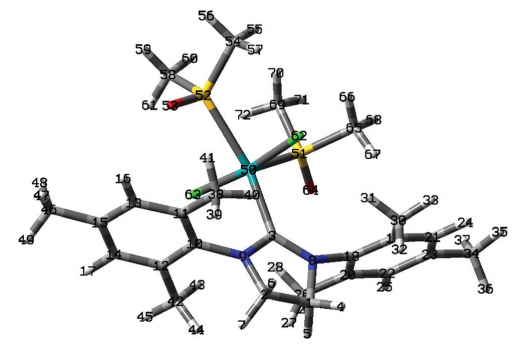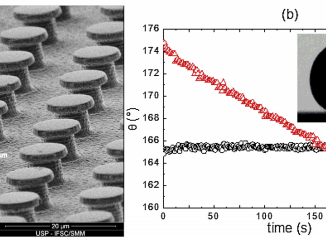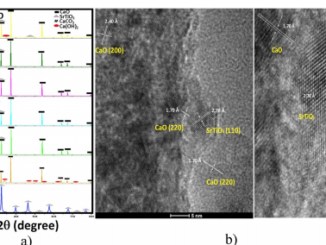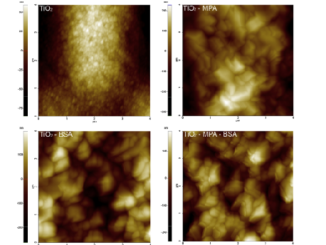
New dmso-ruthenium catalysts bearing N-heterocyclic carbene ligands for the ring-opening metathesis of norbornene
Abstract: Novel dimethyl sulfoxide ruthenium(ii) complexes of N-heterocyclic carbenes [RuCl2(S-dmso)(2)(SIMes)] (1), [RuCl2(S-dmso)(2)(IMes)], (2) [RuCl2(S-dmso)(2)(SIDip)] (3), and [RuCl2(S-dmso)(2)(IDip)] (4) were successfully synthesized. The complexes 1-4 were characterized by elemental analysis, FTIR, UV-Vis, H-1 and C-13 NMR, and computational studies. The polynorbornene (polyNBE) syntheses via ROMP using the complexes 1-4 as pre-catalysts in the presence of ethyl diazoacetate (EDA) were evaluated under different [EDA]/[Ru] and [NBE]/[Ru] ratios, temperatures (25 and 50 degrees C) and times (5-60 min). Quantitative yields of polyNBEs using [NBE]/[EDA]/[Ru] = 5000/28/1 for 10 min at 25 degrees C were obtained. The order of magnitude of 10(5) g mol(-1) for M-n and PDI values ranging from 1.2 to 3.5 were measured by SEC. An investigation combining experimental data and computational calculations was performed to elucidate the mechanism of ROMP of NBE mediated by the complexes 1-4 as pre-catalysts. The proposed mechanism suggests the occurrence of a dissociative reaction of the complexes 1-4, losing a dmso ligand as the first step, resulting in a 14-electron species, which reacts with EDA to form the metal-carbene, followed by discoordination of the second dmso molecule for coordination of NBE.
Author(s): Cruz, TR; Silva, RAN; Machado, AEH; Lima-Neto, BS; Goi, BE; Carvalho, VP
NEW JOURNAL OF CHEMISTRY
Volume: 43 Pages: 6220-6227 Published: APR 28 2019
DOI: 10.1039/c9nj00810a




